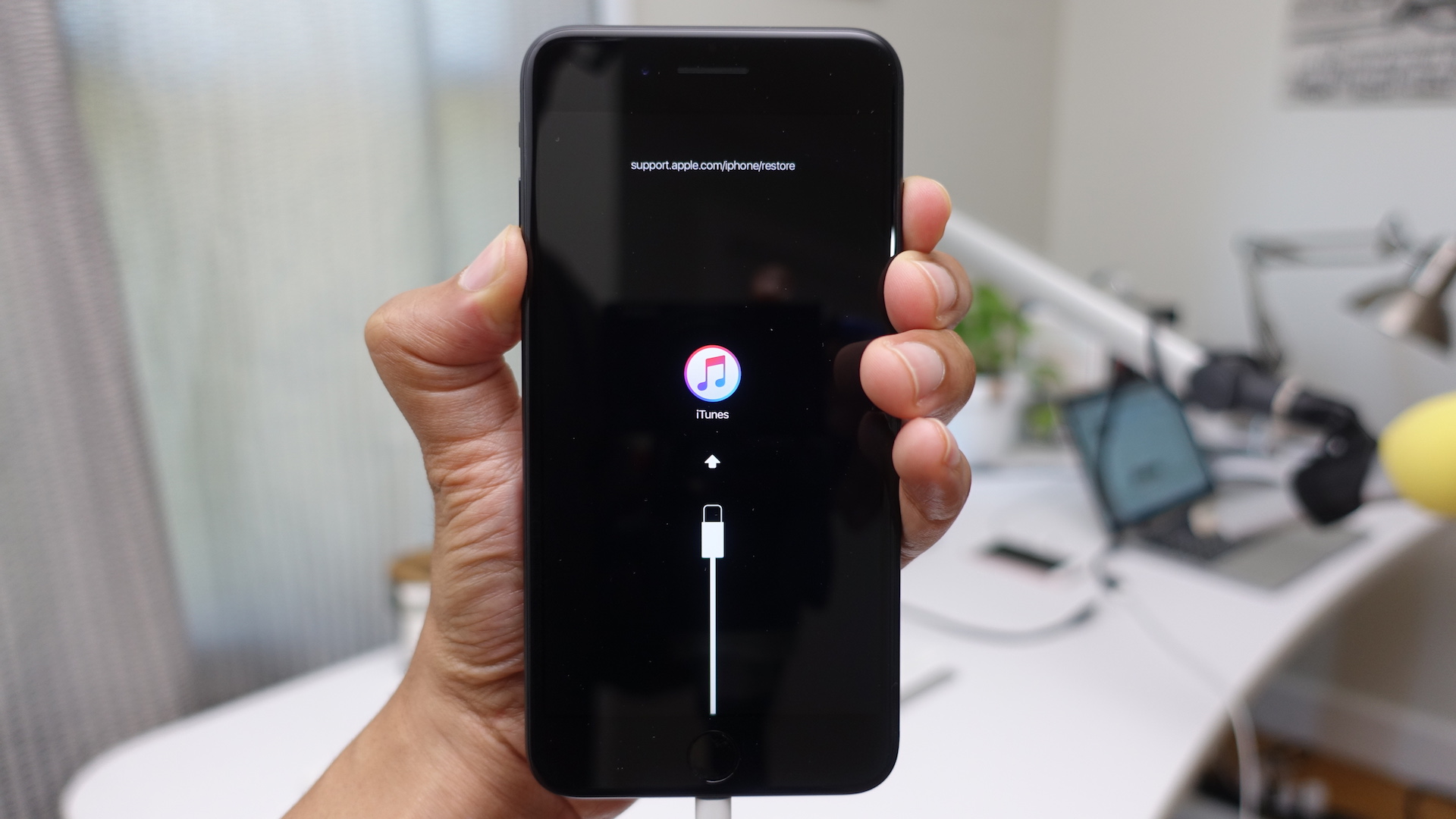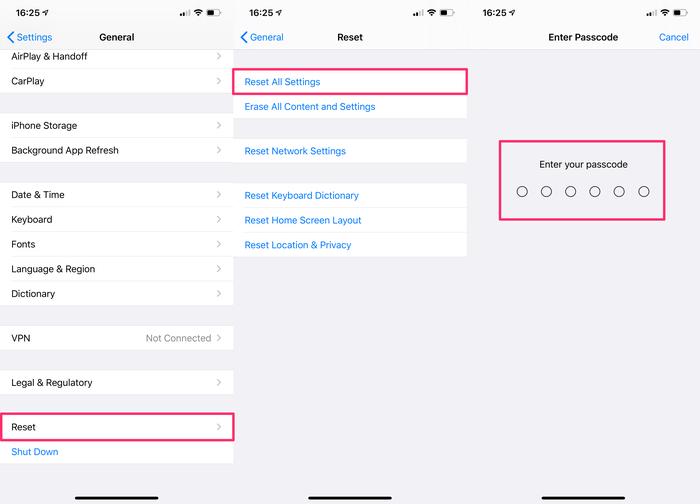

Even if someone pulls off a heist, sneaking into Google’s data center and stealing some hard drives, they wouldn’t be able to read the data on those drives. Google also uses encryption to secure data “at rest.” Before the data is saved to disk on Google’s servers, it is encrypted. Your internet service provider, network operator, people within range of your Wi-Fi network, and any other devices between you and Google’s servers can’t see the contents of your emails or intercept your Google account password. This ensures that no one else can snoop on the communication going on between your device and Google’s servers. Google uses encryption to secure data “in transit.” When you access your Gmail account, for example, Google connects via secure HTTPS.

Is your Google data-your Gmail emails, Google Calendar events, Google Drive files, search history, and other data-secured with encryption? But when you’re talking about communicating privately or storing data securely, the question is: Who holds the keys?įor example, let’s think about your Google account. So encryption is everywhere, and that’s great. RELATED: Why Does Microsoft Charge $100 for Encryption When Everyone Else Gives It Away? Encryption “in Transit” and “at Rest”: Who Holds the Keys? It’s decrypted after you sign in with your PIN or password.
WHAT DOES RESET ENCRYPTED DATA ICLOUD DO ANDROID
Modern devices like iPhones, Android phones, iPads, Macs, Chromebooks, and Linux systems (but not all Windows PCs) store their data on your local devices in encrypted form. That’s why your neighbors can’t see everything you’re doing on your Wi-Fi network-assuming that you use a modern Wi-Fi security standard that hasn’t been cracked, anyway.Įncryption is also used to secure your data.


 0 kommentar(er)
0 kommentar(er)
